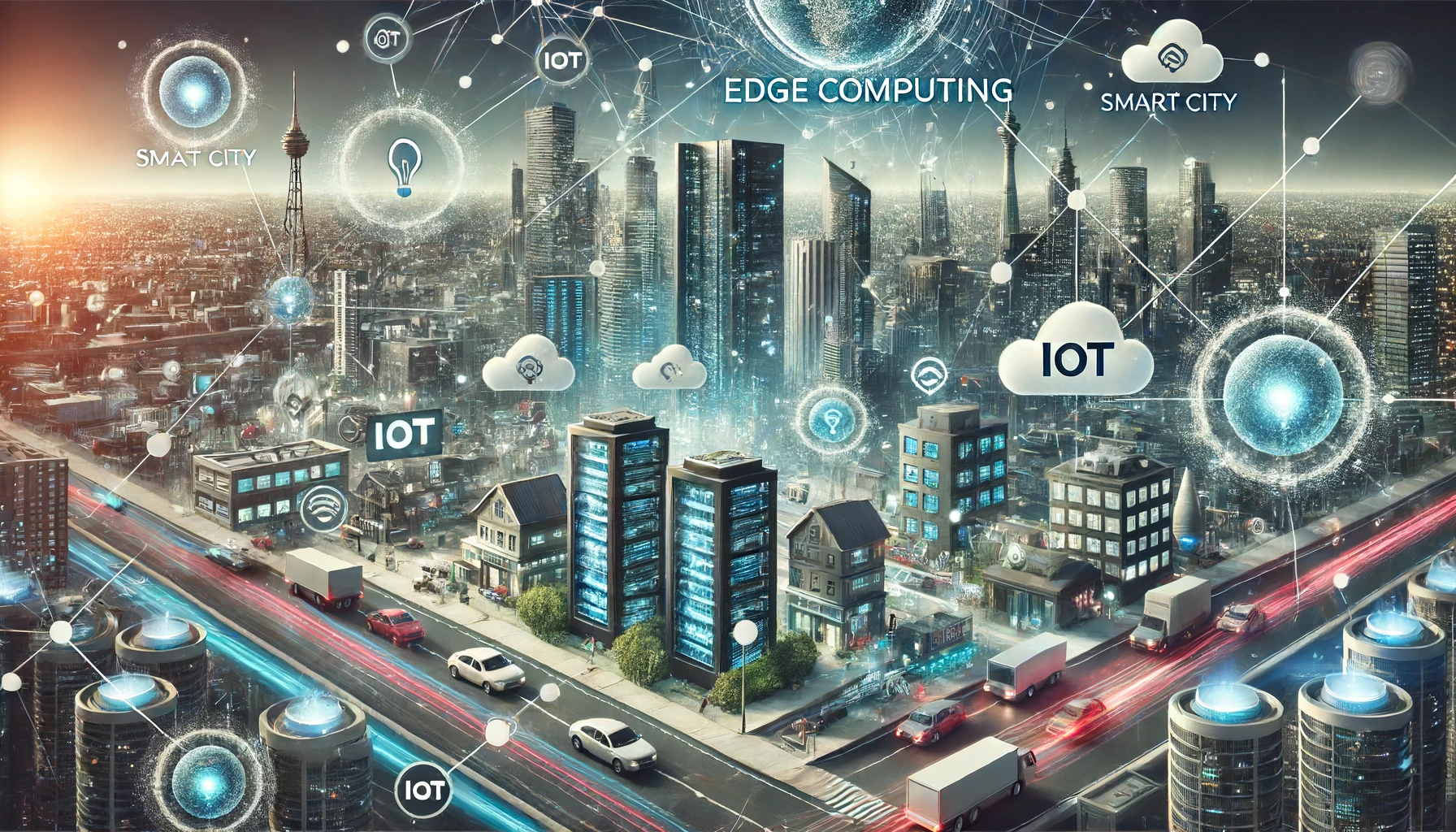Edge computing and storage aren’t new developments in the IT world, but they’re set to receive a boost in investment market share as the demand for real-time processing grows.
This shift is marked by a significant increase in investment: worldwide spending on edge computing is expected to reach $232 billion in 2024, a 15% rise from 2023, according to a March 2024 forecast from the International Data Corporation (IDC).
The IDC also predicted that combined enterprise and service provider spending on edge-related hardware, software, professional services, and provisioned services will continue its growth trend, reaching nearly $350 billion by 2027.
Edge Computing is Nothing New
Edge computing came about back in the 1990s with the emergence of content delivery networks (CDNs). These networks distributed data to data centers across the world, enabling faster and more reliable access to users regardless of their location.
Today, edge computing has evolved. It processes data at or near its source, reducing latency and improving overall security and efficiency. Essentially, it facilitates the collection and processing of data locally so only the information that needs to live in the cloud is sent there.
Several factors are driving the transition towards edge computing. The explosive growth of IoT devices has created an unprecedented volume of data requiring swift and efficient processing.
Centralized cloud computing infrastructure is poorly optimized for real-time data analysis needed locally. Why would you send sensor data to the cloud to determine if a machine needs to shut off or change its activity when that decision could be made at the site faster, cheaper, and more reliably?
Despite its potential, the shift to edge computing has its own share of challenges. Upgrading existing infrastructure is incredibly costly. Security needs to focus not only on securing cloud data, but in maintaining security at edge computing points, as well.
Edge computing is poised to transform the digital landscape by providing faster, more secure, and more efficient data processing. However, this change will not come overnight. It will be a gradual change occurring over several years.
Examples of Edge Computing in Enterprise IT
Leveraging edge computing solutions isn’t new in the business world. The emergence of IoT devices has enabled companies across industries to more efficiently monitor and maintain systems across the enterprise.
Retail
One notable example is in the retail sector, where companies use edge computing to enhance customer experiences through personalized services. Retailers deploy edge devices within stores to analyze data from customer interactions in real-time. This includes sensors on merchandise that tracks its location around the store, cameras identifying hot spots in the store customers tend to gravitate to, and in security applications to detect shoplifting.
Manufacturing
In the manufacturing industry, edge computing is transforming operations by enabling predictive maintenance and improving operational efficiency. Factories utilize edge devices to monitor equipment and machinery in real-time, collecting data on performance, temperature, and other critical metrics.
This works not only to reduce costs, but to improve safety as a machine overheating or operating incorrectly can be quickly detected and fixed before it becomes a hazard.

